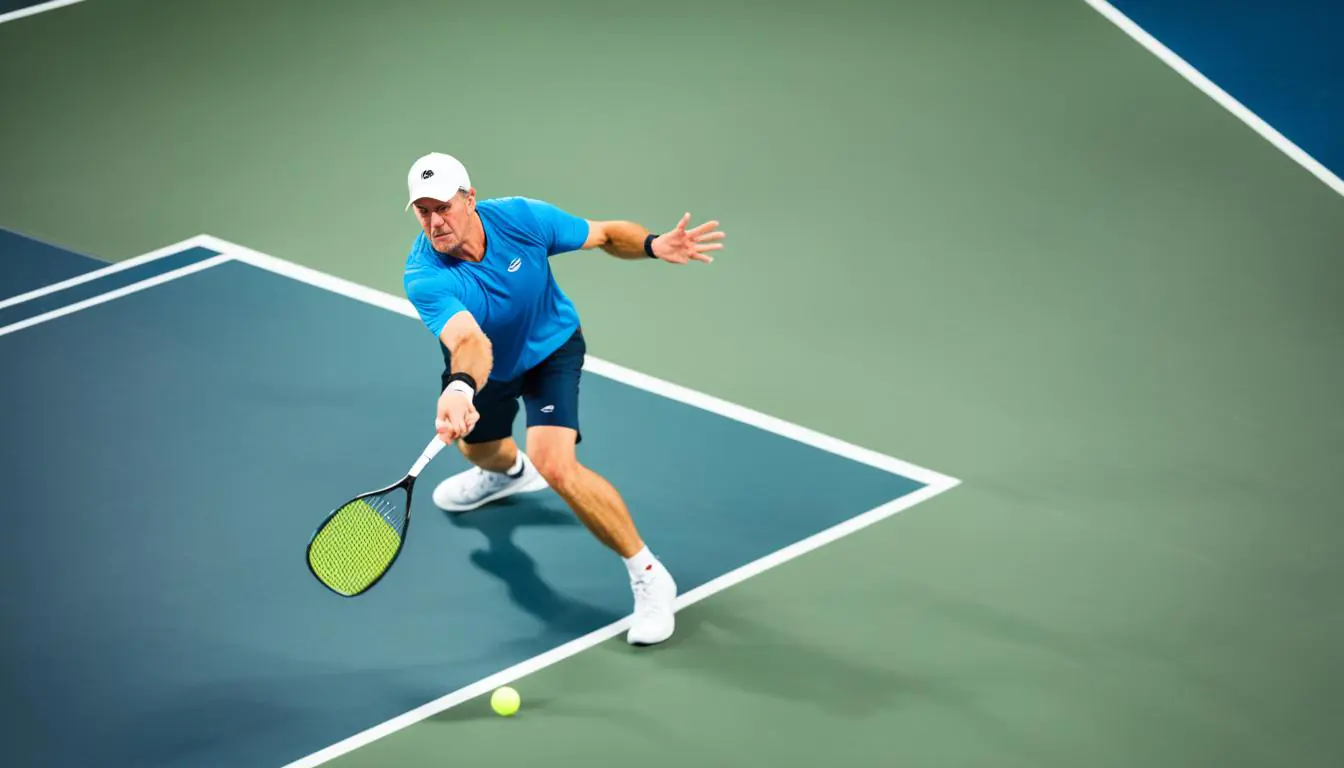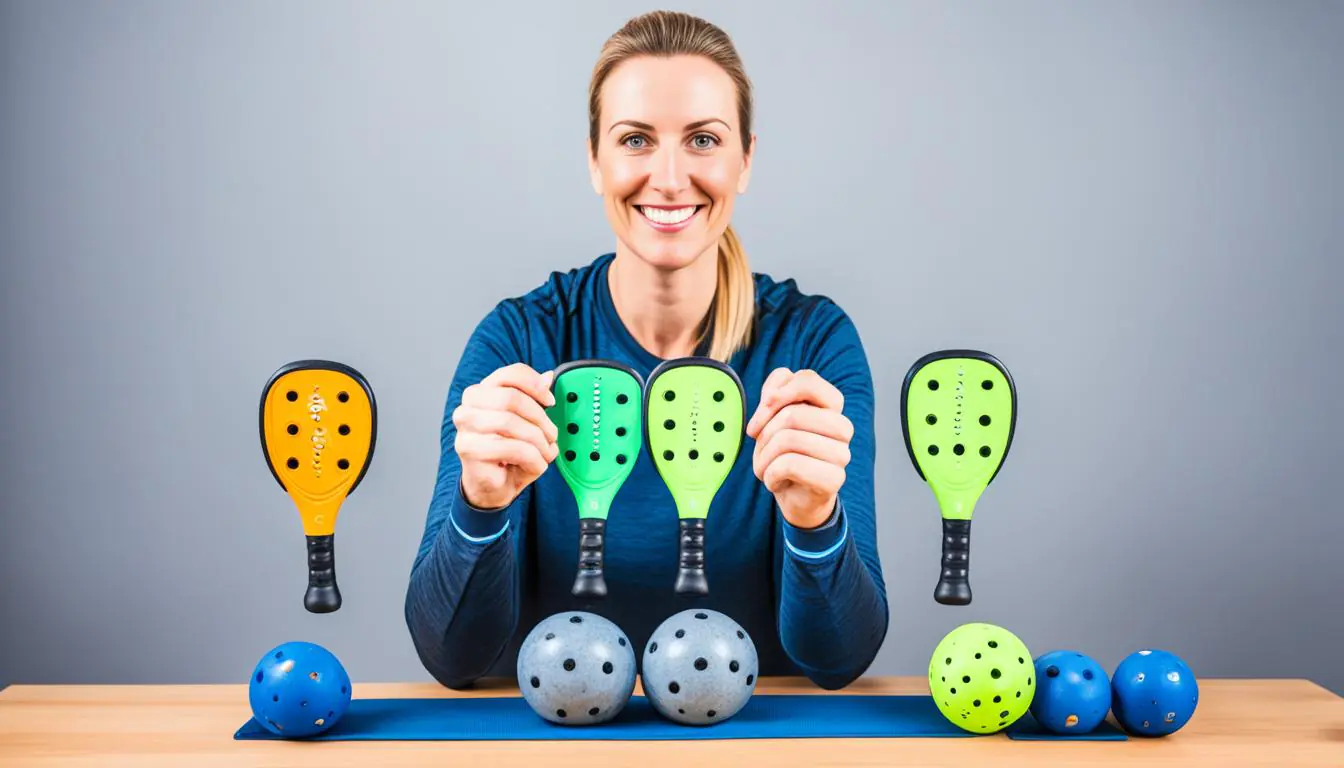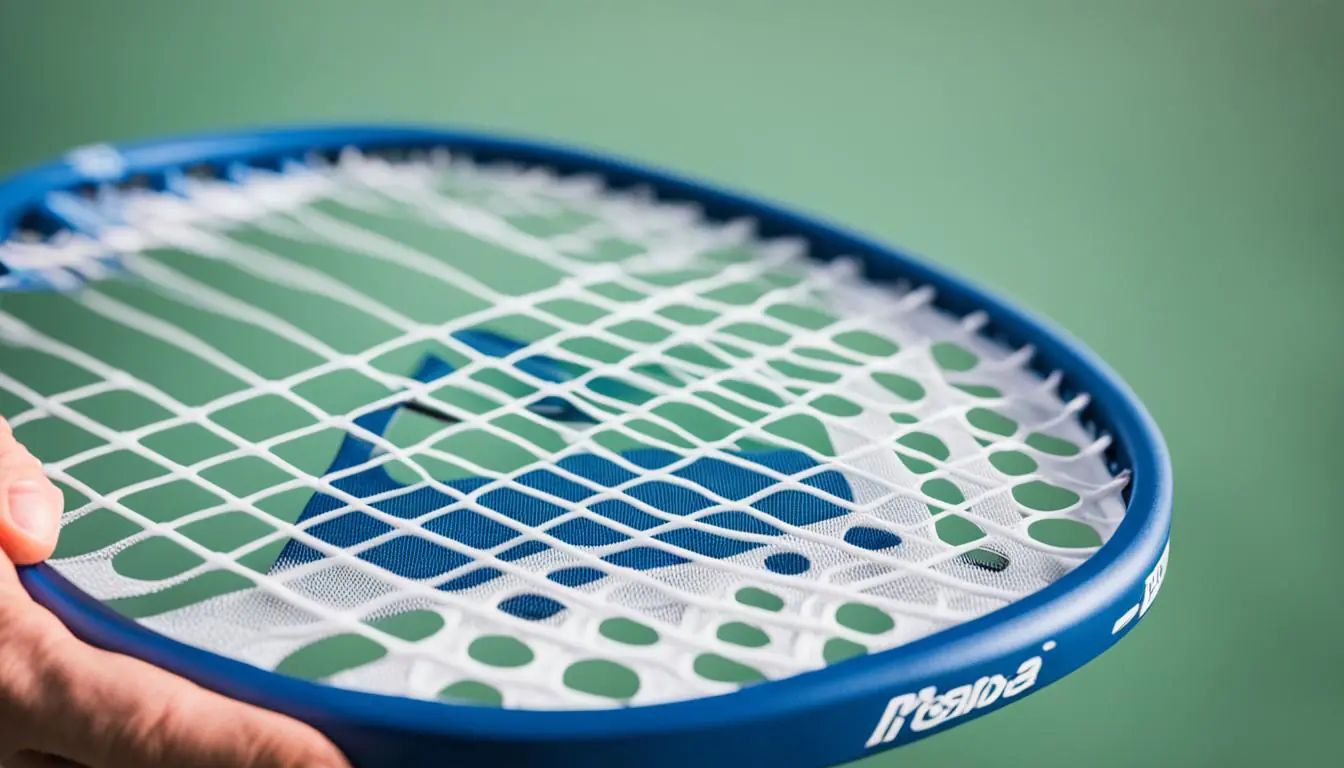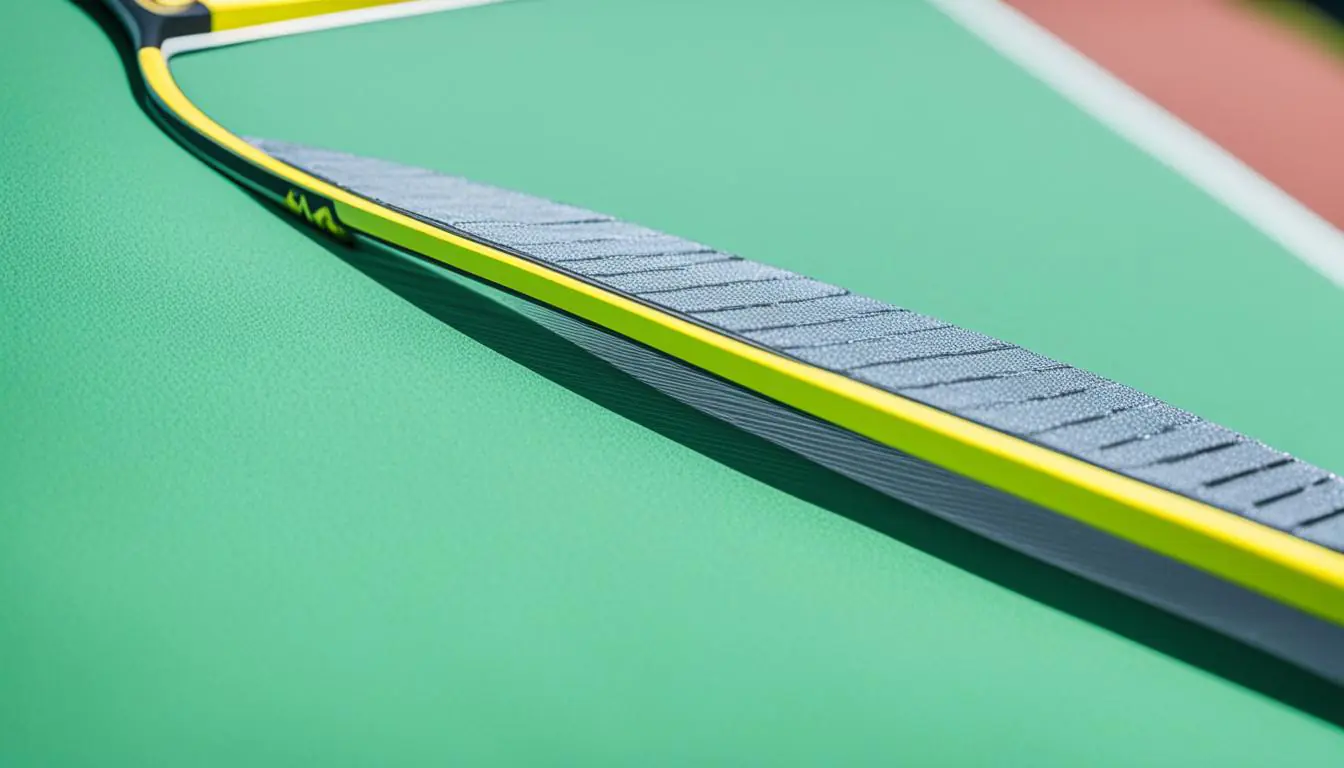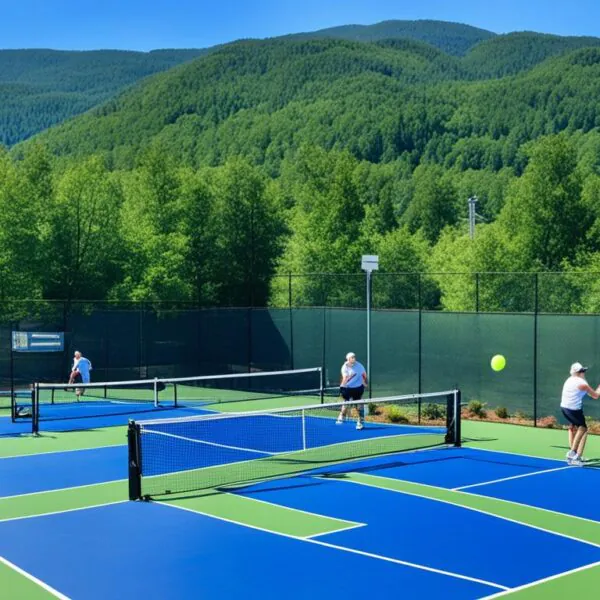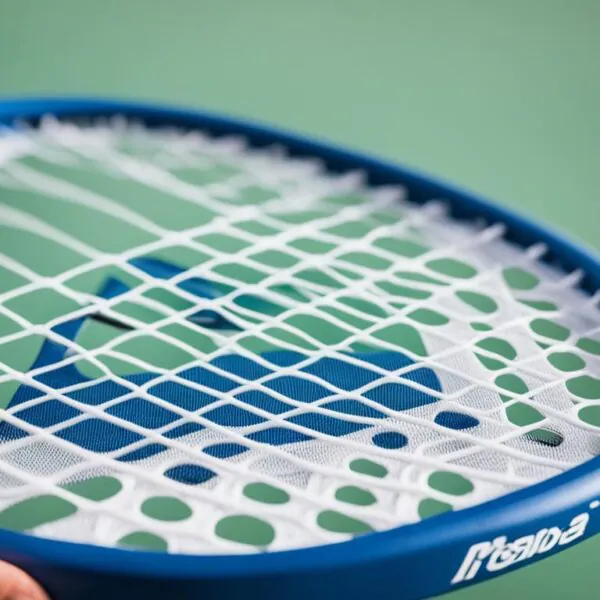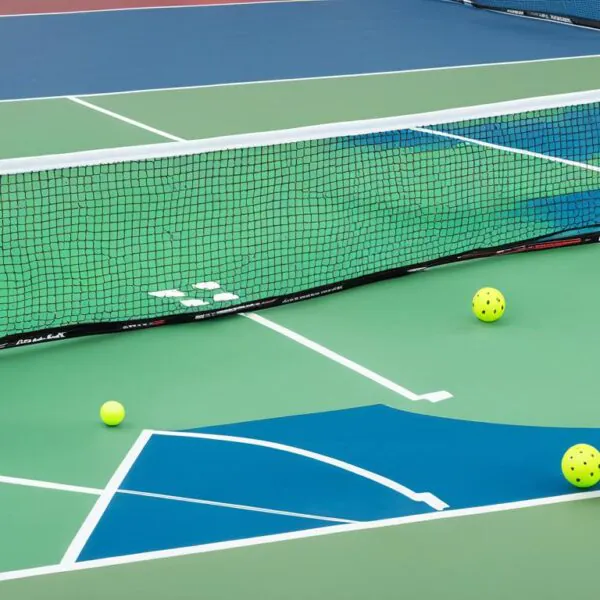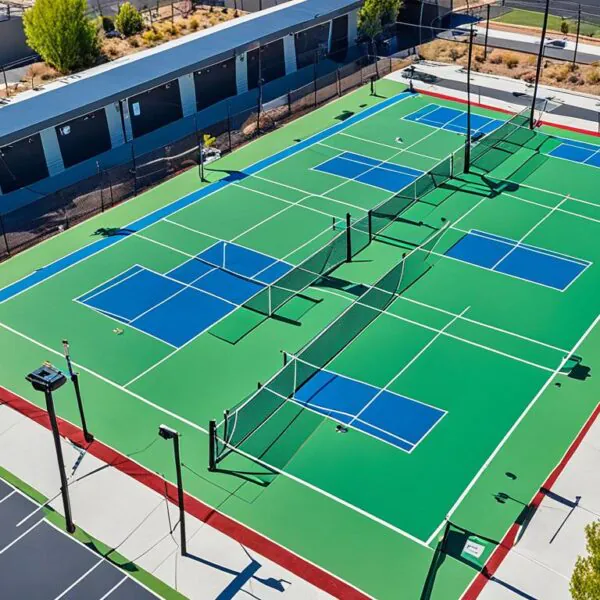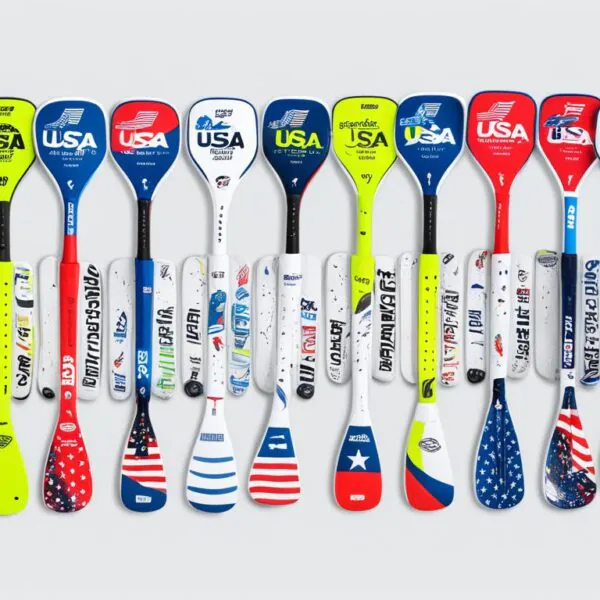Did you know over 25% of pickleball points are won with dinks? This fact shows how important dinking is in the game. I’ll share key techniques to help you win more on the court. Dinking is crucial in the Kitchen, where being precise and in control sets the game’s pace.
Learning to dink well can help you score, keep pressure on your opponents, and win points. This article will help you improve your dinking skills. You’ll learn how to use dinking to dominate your matches.
Key Takeaways
- Understanding dinks can change your game.
- Good dinking means being precise and strategic.
- Keep the pressure by quickly recovering after dinking.
- Using different dinking shots can upset your opponent’s rhythm.
- Being great in the Kitchen helps you win more points.
The Importance of Dinking in Pickleball
Dinking is key in pickleball. It’s a soft shot that goes just over the net into the Kitchen. Learning this shot can change the game. It needs precision and staying calm under pressure.
Using dinking right can keep opponents off balance. This often leads to errors, helping you control the game.
Understanding the Dink Shot
The dink shot is strategic, not just defensive. It helps players control the game’s pace and position. A good cross-court dink makes it hard for the opponent to get the ball back.
When cross-court is tough, a straightaway dink is a good option. Learning these shots can help you win more points.
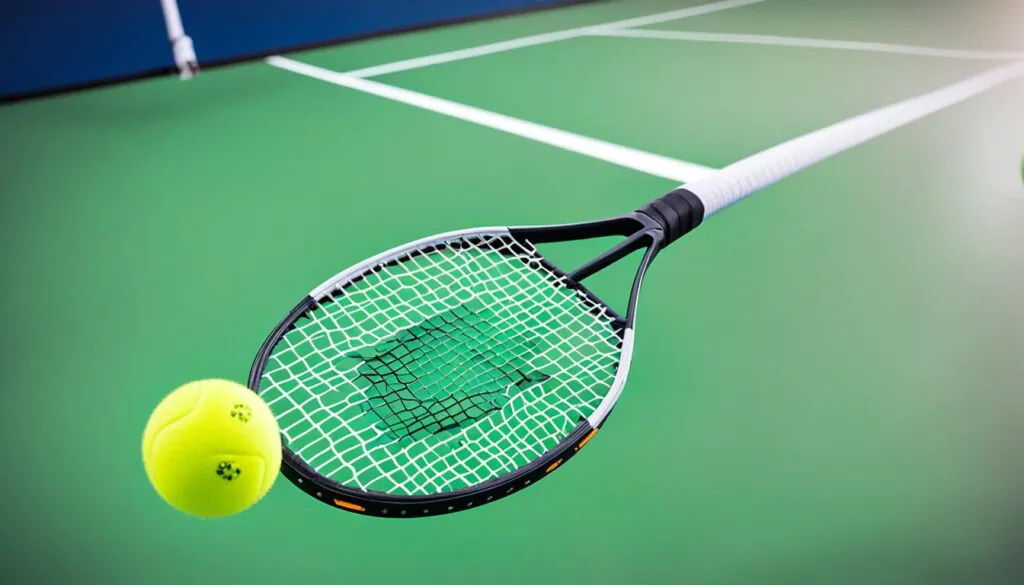
Why Dinking is Crucial for Winning Points
Dinking opens up chances for more offense. It’s part of a strategy to put opponents in tough spots. High-pressure dinking makes it easier to use their mistakes against them.
Seeing dinking as an offensive move helps you make bold plays. Mixing up where you place your dinks keeps opponents guessing. This skill is key for pickleball success.
What Defines a Successful Pickleball Dink Strategy
A good pickleball dink strategy has key parts that make a player great at the net. Knowing how to do a dink shot is the first step. Being near the non-volley zone helps you change direction and place your shot well. Holding the paddle lightly helps you control your shot. It’s important to hit the ball at its lowest point for a good dink. This keeps your shot going straight and far.
Key Components of a Dink Shot
Understanding what makes a dink shot work is key. Here are the main parts of a dink shot:
- Positioning: Being close to the non-volley zone helps a lot.
- Grip: A light grip on the paddle means better control and touch.
- Timing: Hitting the ball at its lowest point makes your shot better.
- Variability: Changing spin, speed, and height keeps opponents surprised.
- Cross-Court Dinking: This makes opponents run more, making it harder for them to hit back.
Knowing when to dink in a game is as important as how you do it. Using dinks smartly can make you play better overall.
When to Use a Dink in Matches
Choosing the right time to dink can change the game. Dinks work well when opponents are being too aggressive or when you need to defend. This makes the ball go up and limits what the opponent can do.
Dinks are great in many situations:
- Against Aggressive Players: Dinks can make opponents make mistakes.
- After Drop Shots: A dink after a drop shot helps you control the game.
- To Create Opportunities: Dinks can lead to lobs or mess up the opponent’s position.
- To Test Endurance: Dinking leads to longer rallies, testing opponents.
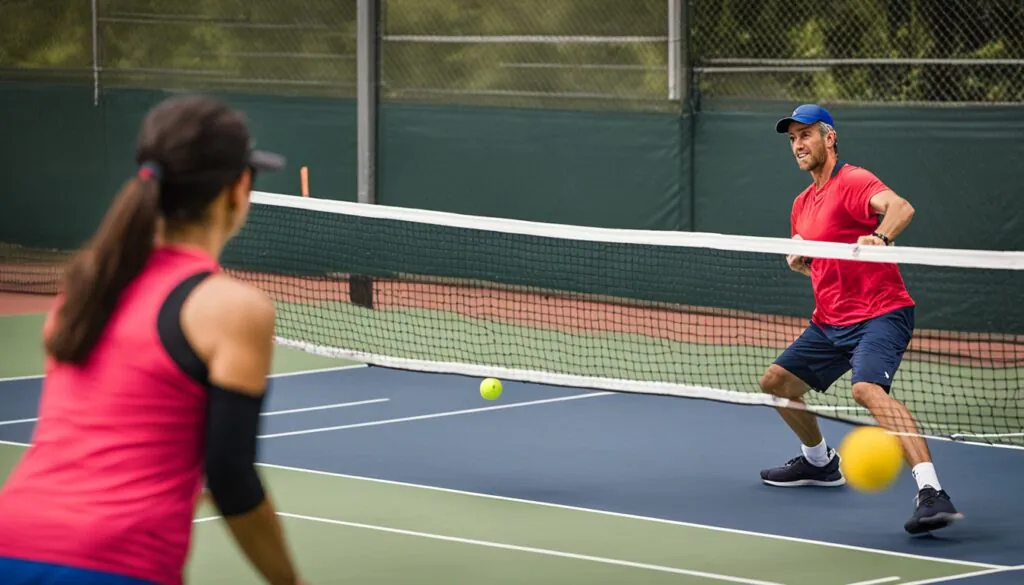
Knowing when and how to use dinks can make your pickleball game better. This helps me keep opponents on their toes and opens up chances to score.
Mastering Dinking Techniques
Learning the right techniques for dinking can really boost your game. Standing right is key, with feet shoulder-width apart for balance. A relaxed grip helps you control your shots better.
The Ideal Stance and Grip for Dinking
I make sure my feet are steady when I dink. This stance helps me hit better shots. The way I grip my paddle affects my shots and how I adjust during the game.
Good techniques help avoid mistakes like hitting the ball too high. Mixing up forehand and backhand dinks keeps my opponents off guard. This makes it harder for them to attack back.
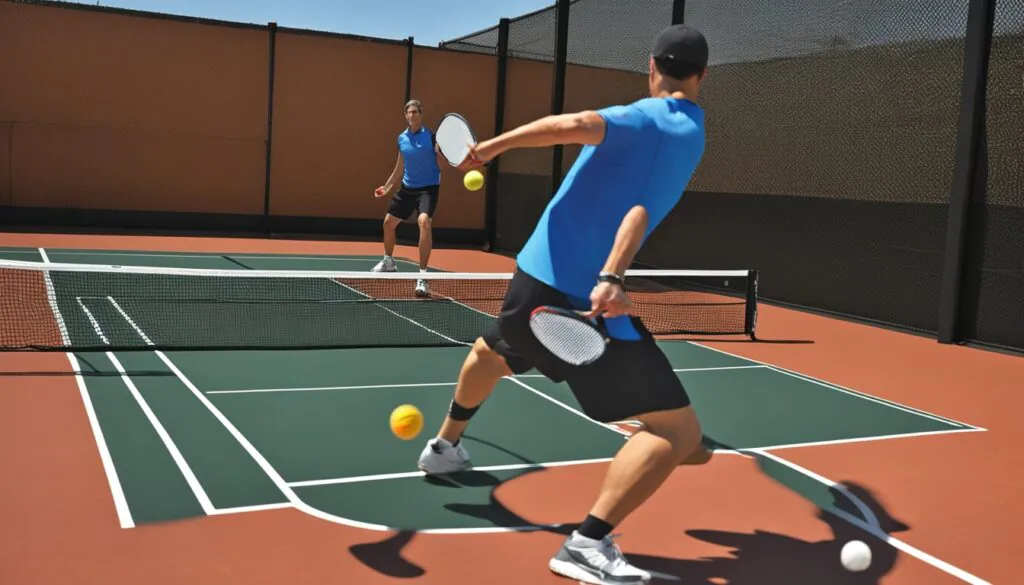
Common Dinking Mistakes to Avoid
Many players make the same errors in dinking. Not changing up my dinking can make me too easy to beat. Hitting the ball too hard can lead to easy returns.
Not moving well can also mess up my shots. Knowing these mistakes helps me improve and avoid them.
Practicing dinking drills often is key to getting better. Focusing on soft shots and control is important. Regular practice can really improve your dinking skills. For more tips, check out Pickleball Cabin.
Effective Dinking Strategies to Win the Net Game
Learning how to dink well is key to winning in pickleball. Dinks can open up chances to attack and throw off your opponents. You should mix up your shots and aim for different spots on the court.
This makes your opponents move a lot and might show their weak spots. The aim is to make them uncomfortable and make mistakes.
How to Create Opportunities with Dinks
When dinking, it’s important to hit in different places. A good team hits in many spots, not just one. This makes opponents move a lot and might leave them open to making mistakes.
Using different shots like volley dinks or step-back dinks makes the game harder for your opponents. I suggest practicing these dinking strategies to get better at finding your opponents’ weak spots.
Applying Spin and Pace to Your Dinks
Adding spin to your dinks can make the ball hard to return. Backspin or topspin can change how the ball moves. This keeps your opponents guessing.
Also, changing the speed of your dinks keeps your opponents guessing. Quick dinks and slow ones mix up their game plan. This makes you harder to beat on the court.
Top Dink Strategies for Advanced Players
As an advanced pickleball player, I’ve learned the power of cross-court dinking. It means hitting dinks to the corners of my opponent’s Kitchen. This makes them move more and messes with their rhythm.
By hitting those corners often, I can use my opponent’s weak spots. If they move badly side to side, I win. Practicing this makes me better at it during games.
Cross-Court Dinking Explained
Using cross-court dinks means I have more room for mistakes. This is key for being accurate. I mix up where and how I hit the dinks to keep my opponents guessing.
This makes them make mistakes and gives me chances to score. It also makes my game plan better.
Mixing Up Dink Directions and Angles
Varying my dinks keeps me hard to beat and makes my opponents change their game. I use different spins and depths to make it harder for them. Learning to hit cross-court and down-the-line shots is key.
This keeps my opponents guessing and puts more pressure on them during the game.

